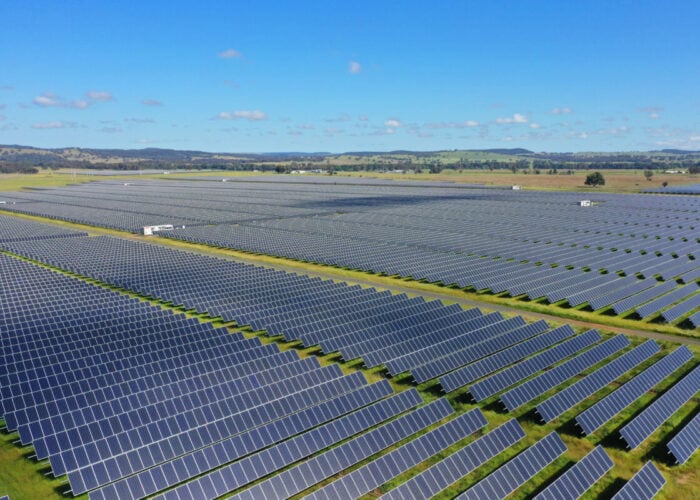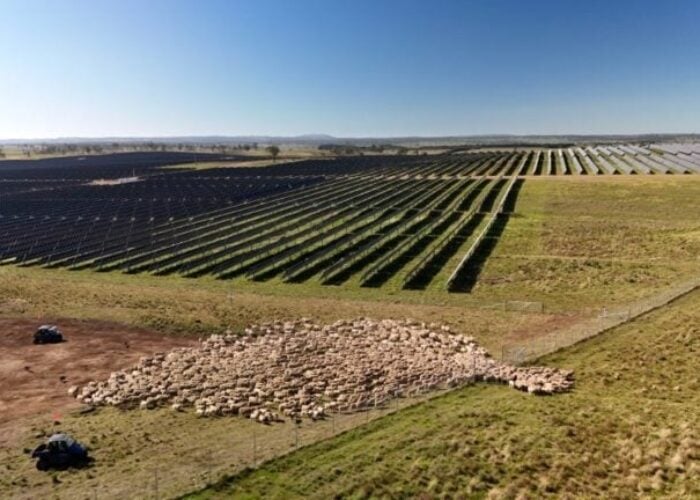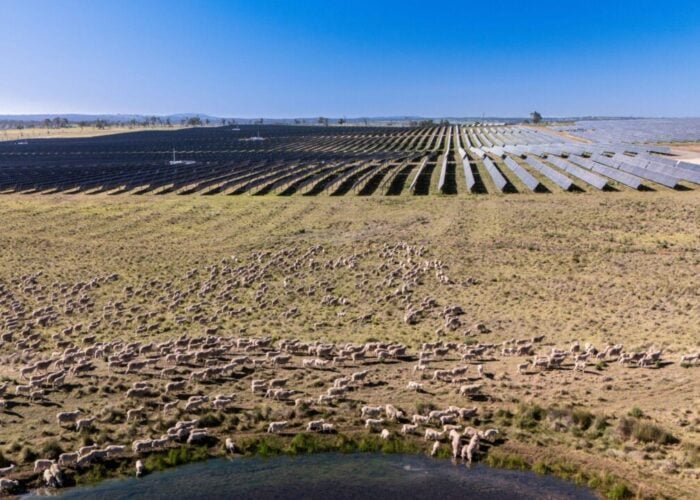
The Energy Corporation of New South Wales (EnergyCo) has revealed a string of announcements that aim to progress the development of the New England and the Central-West Orana Renewable Energy Zones (REZs).
The New England REZ is being developed in northern New South Wales and aims to deliver 8GW of additional network capacity, supporting renewable energy generation technologies such as solar as well as energy storage. EnergyCo confirmed on Wednesday (31 July) that it has lodged a scoping report for the network infrastructure project.
Unlock unlimited access for 12 whole months of distinctive global analysis
Photovoltaics International is now included.
- Regular insight and analysis of the industry’s biggest developments
- In-depth interviews with the industry’s leading figures
- Unlimited digital access to the PV Tech Power journal catalogue
- Unlimited digital access to the Photovoltaics International journal catalogue
- Access to more than 1,000 technical papers
- Discounts on Solar Media’s portfolio of events, in-person and virtual
Or continue reading this article for free
According to EnergyCo chief executive James Hay, the New England REZ is expected to attract more than AUS$24 billion (US$15.5 billion) in private investment by 2034, supporting over 6,000 construction jobs and 2,000 ongoing operational jobs.
The report outlines the infrastructure needed to connect the New England REZ with the existing electricity grid in the Upper Hunter and provides a preliminary analysis of matters to be assessed in an Environmental Impact Statement (EIS). This is expected to be finalised and placed on public exhibition in late 2025.
“The transmission infrastructure needed to deliver this includes two new 500 kilovolt (kV) transmission lines between Bayswater near Muswellbrook and the New England REZ, as well as a network of new 500kV and 330kV transmission lines and four new energy hubs within the zone,” Hay said.
New England REZ Executive project director Doug Parris added that the scoping report includes a preferred study corridor for the network infrastructure project, developed following ongoing consultation and field investigations since June 2023.
“The preferred study corridor is generally 1km wide and incorporates some narrower sections where co-location with existing infrastructure is proposed,” Parris said.
“Lodgement of the scoping report does not mean the corridor is finalised. EnergyCo will continue to work with landowners and undertake field studies to better understand constraints and opportunities for the transmission route. This is a critical step to refine the corridor further and find optimal locations for the transmission line easements, which will be up to 80 metres wide for each line.”
Central-West Orana REZ begins headroom assessment
Further south, the Central-West Orana REZ project has reached another milestone, with confirmation that EnergyCo has started the process of conducting a headroom assessment to increase the amount of aggregate maximum capacity that can connect in the REZ from 3GW to 6GW.
The headroom assessment is a technical process primarily designed to support generation and energy storage projects that are already working with EnergyCo and are covered by the Central-West Orana Renewable Energy Zone transmission project planning approval received in June 2024.
The maximum capacity cap suggested in this headroom assessment may not be the final limit for the overall maximum capacity of the Central-West Orana REZ. EnergyCo said it will conduct future headroom assessments according to the Access Scheme Declaration.
Generators and storage projects aiming to connect to the Central-West Orana REZ are encouraged to engage with EnergyCo to discuss their access rights process. All generation and energy storage projects are subject to relevant planning and environmental approvals, including statutory consultation.
EnergyCo said that increasing the maximum capacity cap will help in making the Central-West Orana REZ successful for the New South Wales government, industry, host communities and energy consumers.







